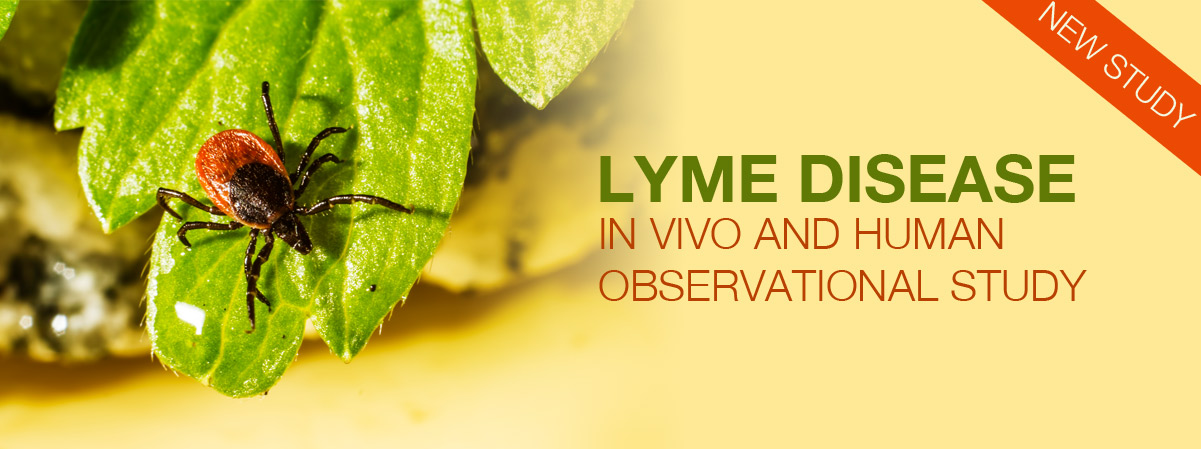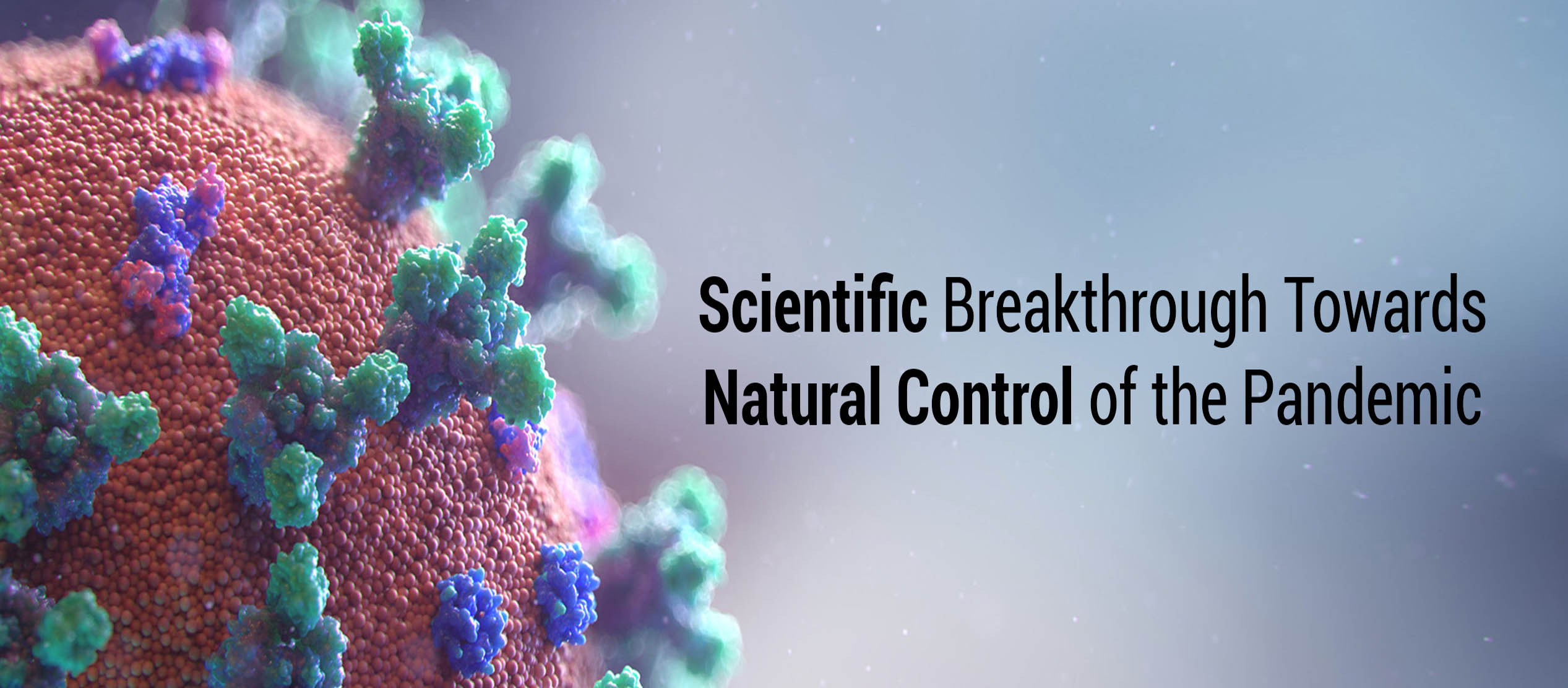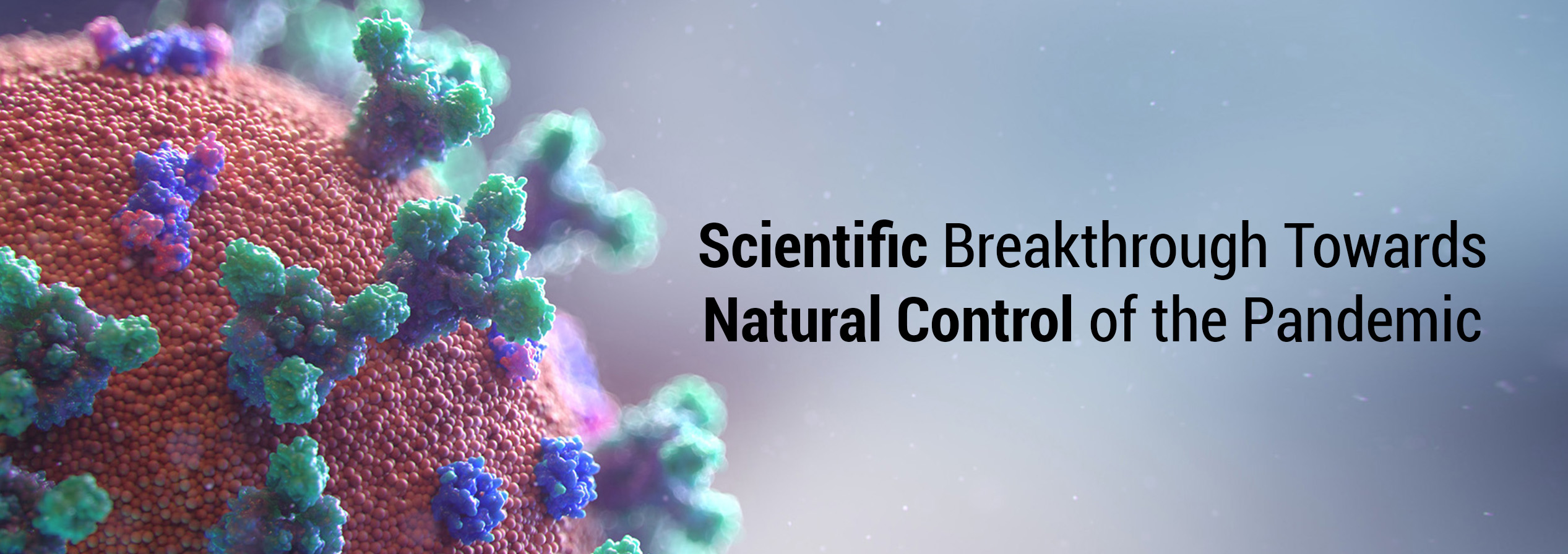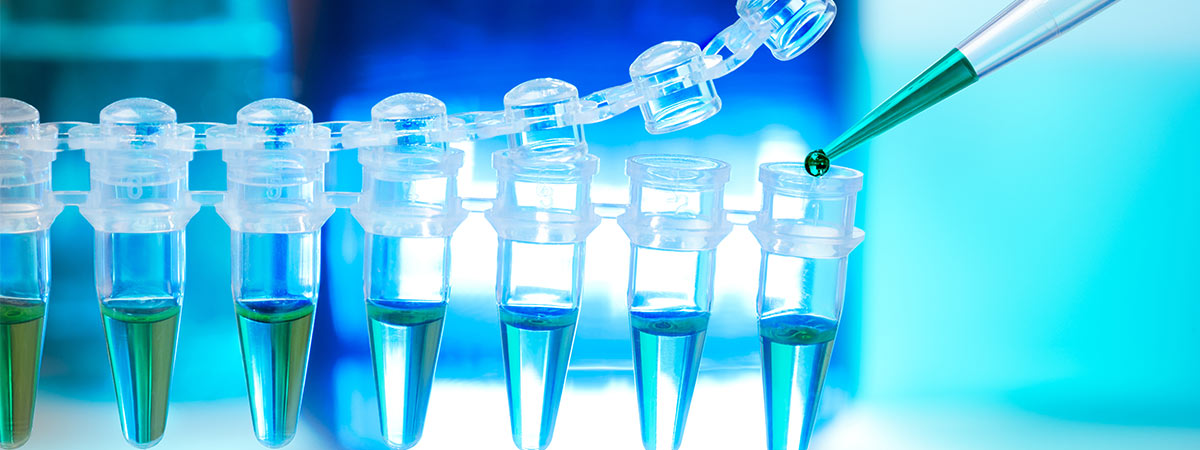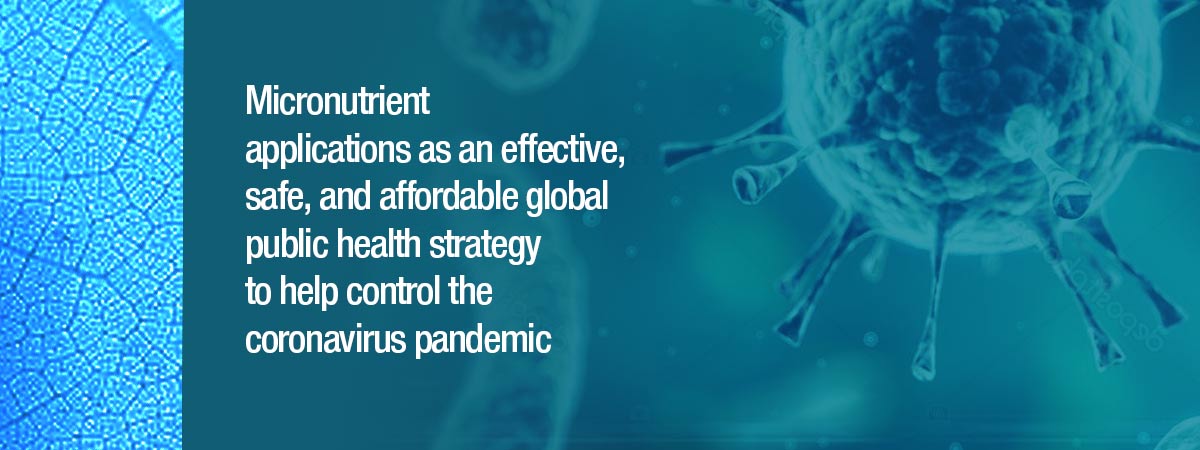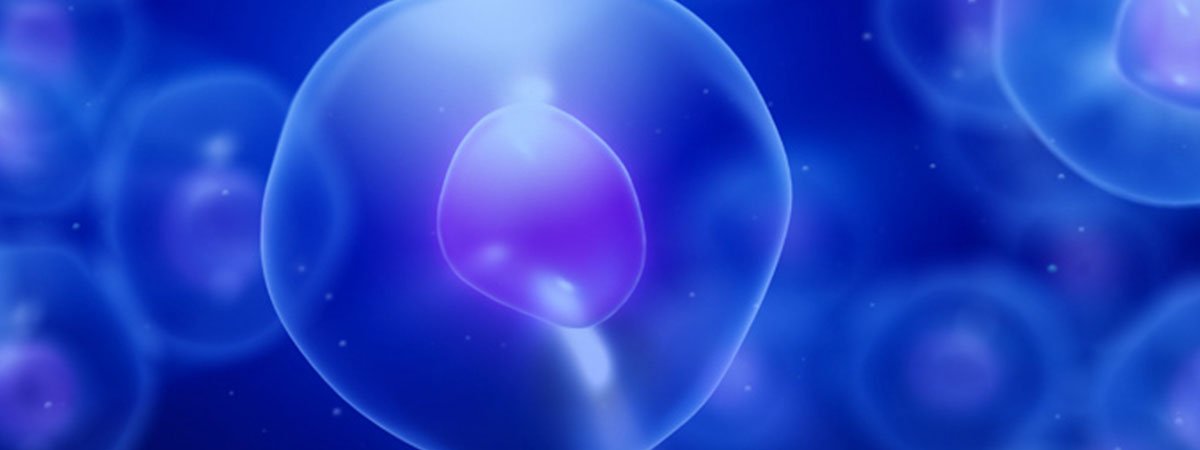M.W. Roomi, N.W. Roomi, T. Kalinovsky, V. Ivanov, M. Rath, A. Niedzwiecki
Medical Oncology 2008, 25(3): 333-340
Abstract:
The annual incidence of all forms of skin cancer, the most common of all human cancers, is increasing yearly. A unique nutrient mixture (NM) was shown to exhibit anticancer activity in vivo and in vitro. We examined the effect of NM on the development of skin cancer induced by 7,12-dimethylbezanthracene (DMBA) in female SENCAR mice by a complete carcinogenesis protocol. Mice (n = 55) were divided into four groups and carefully shaved on dorsum.
After 2 days, the mice in Groups 1 (n = 10), 3 (n = 20), and 4 (n = 20) were treated topically with 100 nM DMBA in 0.2 ml of acetone twice a week for 4 weeks; Group 2 (n = 5), the control group, was treated with acetone 0.2 ml. Groups 1 and 2 were fed the regular diet. Group 3a (n = 10) was fed a diet containing 0.5% NM from the day of DMBA treatment and 3B (n = 10) the regular diet and received NM (75 mg in 0.4 ml of 1:1 acetone/water) topically to the shaved area 15 min before DMBA application twice a week for 4 weekss. Group 4 mice were fed a diet containing 0.5% NM for 2 weeks prior to the application of DMBA and then divided into two groups: 4a (n = 10) was fed the 0.5% NM diet as in 3a, and 4b (n = 10) the regular diet as described for 3b. Body weight and diet consumption of the mice were monitored and the skin tumors (papillomas) were counted and recorded. Ten weeks thereafter the mice were euthanized, skinned, and tumors were processed for histology. NM significantly (P < 0.0001) inhibited DMBA-induced skin tumors multiplicity by 59, 62, 69, and 86% in NM-treated Groups 3a, 3b, 4a, and 4b, respectively. These results suggest that NM has strong potential as a useful therapeutic regimen for skin cancer by significantly inhibiting the incidence and tumor multiplicity of DMBA-induced skin tumors.
Key Words:
Papillomas, DMBA, Skin cancer, Squarmous cell carcinoma, Nutrients, SENCAR mice
Full Study:

